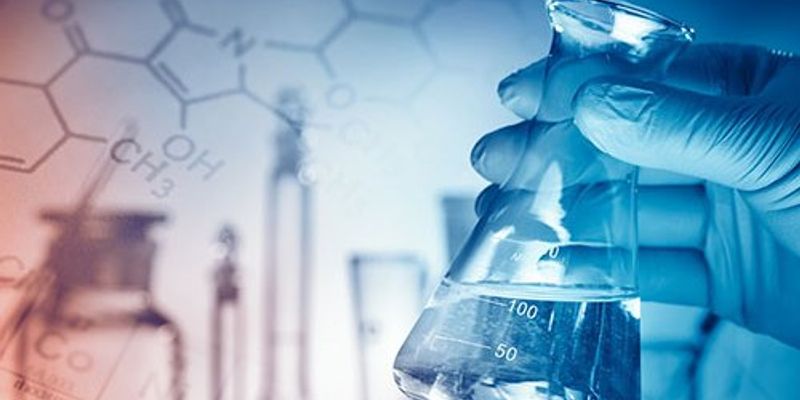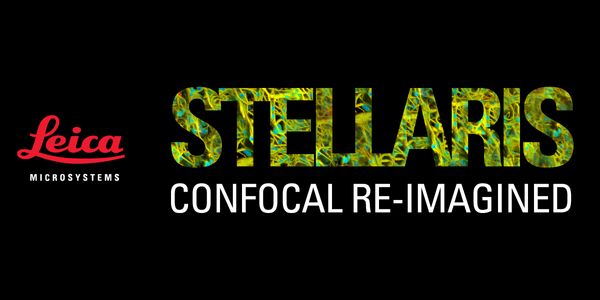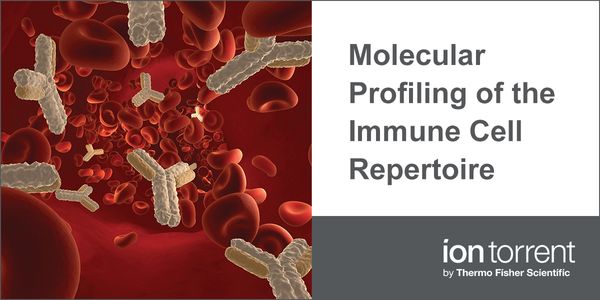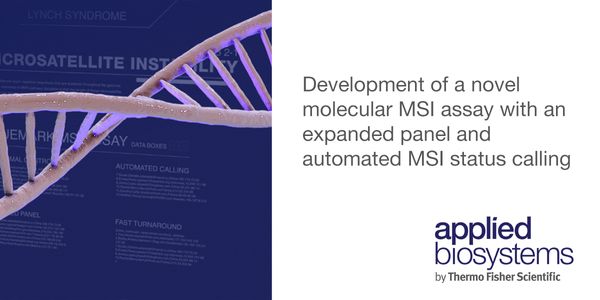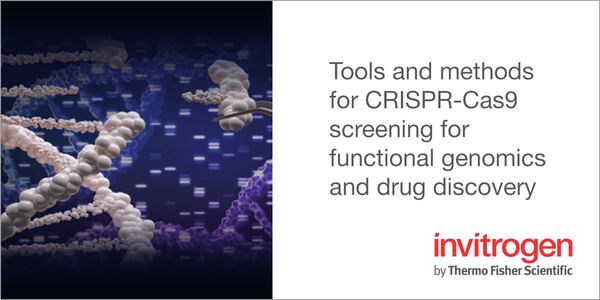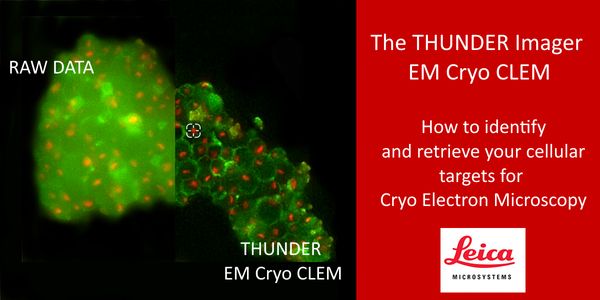Laboratory Methods
Laboratory Methods: are based on established scientific principles involving biology, chemistry, and physics, and encompass all aspects of the clinical laboratory from testing the amount of cholesterol in your blood to analyzing your DNA to growing microscopic organisms that may be causing an infection.
-
NGS is still perceived as a complex, hard to implement and validate method that requires highly experienced people. Outsourcing next-generation sequencing (NGS) testing could be an option to...Speaker: Prof. Dr. Michael HummelPresented at: OncomineWorld 2022: A Virtual NGS Education Meeting
Increasing evidence suggests that targeted sequencing of cell free DNA (cfDNA) can provide a comprehensive molecular portrait of solid tumors. However, the concordance between tissue and cfD...
Increasing evidence suggests that targeted sequencing of cell free DNA (cfDNA) can provide a comprehensive molecular portrait of solid tumors. However, the concordance between tissue and cfD...
Nonterminal blood collection from mice is frequently performed in biomedical research. Multiple phlebotomy sites and restraint techniques are available to investigators. Methods that minimiz...
The ability to rapidly and accurately identify pain in mice is critical for providing them optimal care and welfare. To meet this need, we developed and validated the Grooming Transfer Test...
Speaker:
Jennifer Lofgren, DVM, MS, DACLAM
Presented at: Laboratory Animal Sciences Virtual Event Series 2020
MAY 13, 2020 | 9:00 AM
DATE: May 13, 2020 TIME: 9:00am PT, 12:00pm ET STELLARIS. Confocal re-imagined. In microscopy, our mission is to empower you to drive progress in science. To get you closer to the truth, we...
MAY 12, 2020 | 9:00 AM
NEW DATE: Date: May 12, 2020 Time: 9:00am PDT, 12:00pm EDT...
MAY 08, 2020 | 10:00 AM
DATE: May 8, 2020 TIME: 10:00am PT, 11:00am MT, 1:00pm ET The application of next generation sequencing to interrogate immune repertoires and methods in which these highly complex dataset...
MAY 08, 2020 | 8:00 AM
DATE: May 8, 2020 TIME: 8:00am PT, 11:00am ET Microsatellite instability (MSI) is the condition of genetic hypermutability that results from impaired DNA mismatch repair (MMR). Studies indic...
MAY 07, 2020 | 11:00 AM
DATE: May 7, 2020 TIME: 11:00am PT, 02:00pm ET, 2 :00pm BST, 3:00pm CEST El Control de Calidad Estadístico ya está bien establecido como una técnica importante de asegur...
The forensic investigation of crime involves answering four basic questions: who, what, where, and when. Tools exist to answer questions of who, what and where, but the question when is ofte...
Crime scene investigation is more than just processing or documentation of crime scenes, nor is it just the collection or packaging of physical evidence. It is the first step and the most cr...
The ever-increasing number of deaths along the U.S.-México border and the diversification in the demographic characteristics of the Latin American migrants, who perish in this region,...
